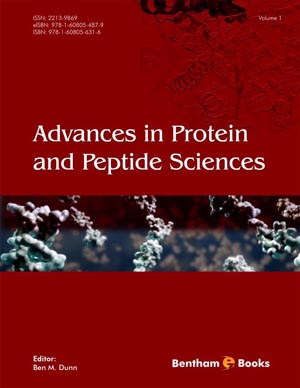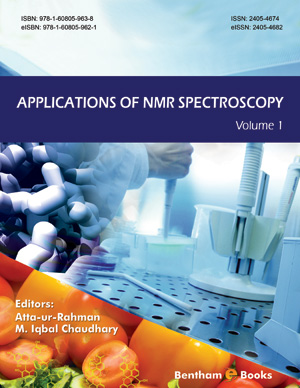Abstract
Interhalogen monofluorides (XF; X=Cl, Br or I) generated in situ from hypohalites or N-halosuccinimides and a source of fluoride ion are “sluggish” electrophiles. XF reagents formed from F2 gas and a halogen source (ie: ClF3, Br2, I2,) are very reactive electrophiles. This wide range of reactivity allows the synthetic chemist to carry out reactions on electron-rich or electron-deficient substrates. Halofluorinations of alkenes, alkynes and electrophilic aromatic substitution without catalyst are reviewed. Synthesis of geminal difluorides from hydrazones is also presented.
About this chapter
Cite this chapter as:
Dale F. Shellhamer, Victor L. Heasley ;The Chemistry of Interhalogen Monofluorides, Advances in Organic Synthesis Modern Organofluorine Chemistry-Synthetic Aspects (2006) 2: 43. https://doi.org/10.2174/978160805198410602010043
| DOI https://doi.org/10.2174/978160805198410602010043 |
Print ISSN 1574-0870 |
| Publisher Name Bentham Science Publisher |
Online ISSN 2212-408X |






















